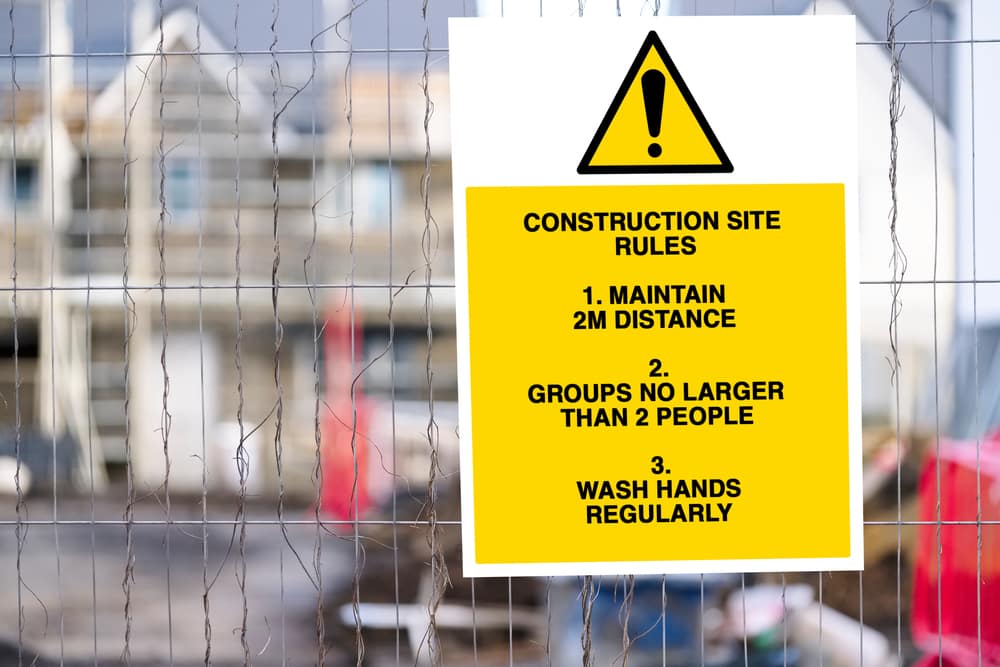On the 31 August 2020, Class ZA of the Town and County Planning (General Permitted Development) (England) (amendment) (No.3) Order 2020 will come into force at precisely 10.00 am. We’d like to highlight a few practical applications of the new class.
What does Class ZA apply to?
To allow for the demolition of a building in Use Class B1 (a to c) as set out in the 1987 Use Classes order and its replacement with a purpose-built detached block of flats or a single detached dwelling house.
Any size block of flats or dwelling house?
No, the replacement building has to be within the footprint of the existing building, although there is nothing in the Order about the extent of curtilage associated with it.
Also, the maximum height of the replacement building cannot exceed the lesser of 18 metres above ground level or 7 metres above the height of the old building.
What does it allow for?
Paragraph ZA(3) sets out the operations which are permitted under Class ZA, through sub paragraphs (a) to (j).
In effect it allows for operations which are “reasonably necessary” for the demolition and construction of the new building. This includes the installation of plant, services, means of access to name a few.
Where Class ZA is not
permitted?
Paragraph ZA.1 sets out a number of qualifying criteria against which the proposals must be assessed. Failure to comply with any of the criteria set out in paragraphs ZA.1 (a) to ZA.1 (m) means that development is not permitted. Key points to note are as follows:
- The building to be demolished has to have been constructed before 31 December 1989 and its footprint cannot exceed 1,000 sq.m.
- The building has to have been vacant for a period of 6 months preceding the application and had to have existed on 12 March 2020.
What is required?
Any development proposed under Class ZA is a prior approval application and an application must be submitted to the Council. This is dealt with under Paragraph ZA.2 (2) setting out the information requirements which must be met.
How can this be used to the benefit of our clients?
The major issue with Use Class ZA is that it allows for the demolition
of B1 buildings of up to 1,000 sq.m. in footprint under the prior approval process.
Equally, it only applies to buildings which were constructed before 31 December 1989. Therefore, we are looking at buildings which are over 30 years old.
A practical example would be:
B1 building with a footprint of 1000 sq.m. It’s redevelopment to residential use is prevented by an employment land protection policy in an adopted Local Plan. Client has residential development aspirations which are being actively thwarted by the Local Plan on previous occasions.
Client brief is to secure planning permission for the redevelopment of the site, securing an optimal scheme.
- Stage 1 – prepare a Prior Approval application under class ZA for the redevelopment of the site. Submit to the Local Planning Authority for determination, in accordance with the Order. At this point, the scheme put forward may not meet the client brief, but the objective here is to secure Prior Approval for the residential use of the site.
- Stage 2 – LPA approve Prior approval application under Use Class ZA (as they have to because it is Prior Approval).
- Stage 3 – With Prior Approval granted, prepare and submit an application for residential redevelopment, maximising the potential of the site as per the client brief, without compromising other planning policy objectives. Argue that the Prior Approval consent establishes a Fall-Back position (with reference to Case Law if necessary) and that the employment land protection policies of the Local Plan (which have prevented the redevelopment of the site to-date) are nullified by the Prior Approval.
- Stage 4 – LPA compelled to grant planning permission for the residential scheme, making optimum use of the site, as per the client brief.
Whilst this is a simplistic overview of the planning process, it highlights the importance of a two-step approach in securing Prior Approval, followed-up by a Planning Application for the development the client wants to build out.
Prior Approval will lead to contrived schemes to meet the requirements of the Order, but its key value is that it secures the principle of residential development, which can then overcome development plan policies seeking to prevent it.
Please contact Nathan McLoughlin if you think this might be of interest to you.
Nathan.mcloughlin@mplanning.co.uk
or 01242 895008








